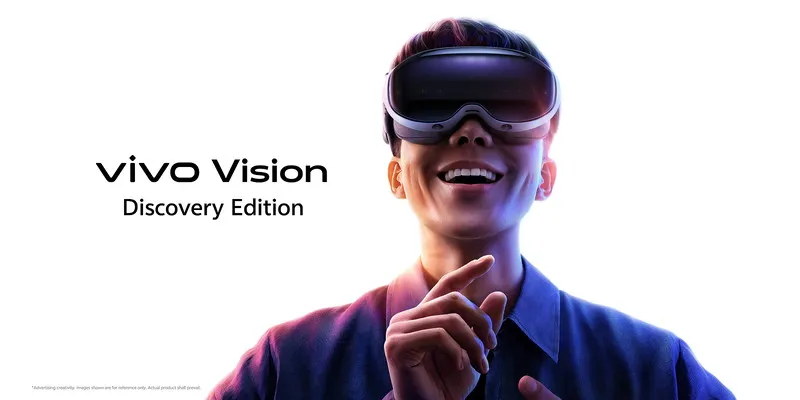Marking three decades in the technology industry, Vivo unveiled its first mixed reality (MR) headset alongside a comprehensive new imaging strategy, signaling the company’s ambition to redefine user experiences in virtual and augmented environments. The MR headset integrates advanced optics, AI-driven spatial awareness, and immersive visual capabilities, positioning Vivo as a contender in the emerging metaverse and extended reality markets. Complementing the hardware launch, the imaging strategy focuses on computational photography, AI-enhanced video, and cross-device interoperability, aiming to strengthen Vivo’s ecosystem while setting a benchmark in both hardware innovation and software intelligence for global consumers.
Milestone Launch: The Mixed Reality Headset
Vivo’s mixed reality headset represents a significant step beyond conventional mobile devices, blending augmented and virtual experiences with real-world interactions. Equipped with high-resolution optics, spatial mapping sensors, and real-time AI processing, the device enables applications in gaming, education, enterprise collaboration, and immersive media. Analysts suggest the launch reflects Vivo’s strategic pivot toward immersive computing, a sector expected to experience exponential growth in the coming years.
Imaging Strategy Reinvented
Alongside the MR headset, Vivo introduced a new imaging strategy designed to leverage AI and computational photography across its product portfolio. This initiative encompasses enhanced low-light performance, real-time scene optimization, multi-camera synergy, and seamless integration with social and professional platforms. The move positions Vivo to compete more aggressively in a segment dominated by advanced camera capabilities, appealing to content creators, professionals, and casual users alike.
Strategic Implications for Vivo
The dual launch highlights Vivo’s focus on ecosystem expansion rather than standalone products. By combining MR capabilities with next-generation imaging solutions, the company aims to create an interconnected hardware-software environment that locks in user engagement while fostering innovation. Industry experts note that this integrated approach could differentiate Vivo in crowded markets, providing both technological leadership and a foundation for future AI-driven services.
Market Context and Competitive Landscape
The global mixed reality and advanced imaging markets are witnessing intense competition from companies investing in AI, optics, and wearable technologies. Vivo’s entry, backed by three decades of research and development, demonstrates the firm’s readiness to challenge incumbents and capture emerging market share. With consumers increasingly seeking immersive and intelligent experiences, the timing of the launch aligns with growing demand for devices that extend beyond traditional mobile functionality.
Looking Ahead
Vivo’s 30th anniversary celebrations underscore more than corporate longevity; they mark the beginning of a new chapter centered on immersive computing and intelligent imaging. By uniting hardware innovation with AI-driven software, Vivo is positioning itself to redefine user expectations in digital interaction and visual experiences. The success of this strategy will hinge on market adoption, developer engagement, and the company’s ability to deliver seamless, compelling applications across entertainment, enterprise, and creative domains.

Comments